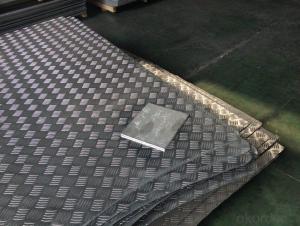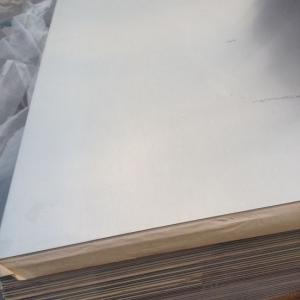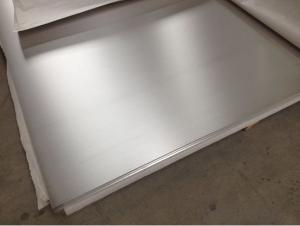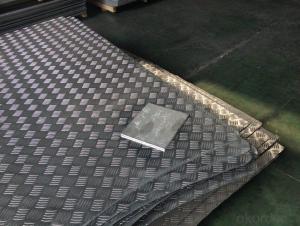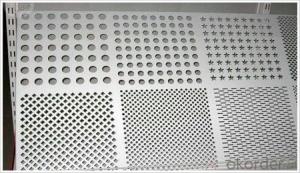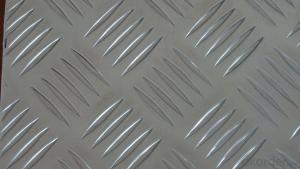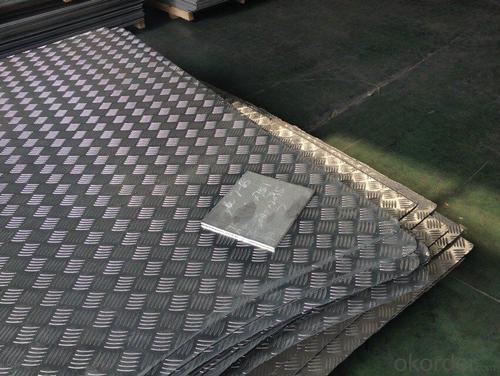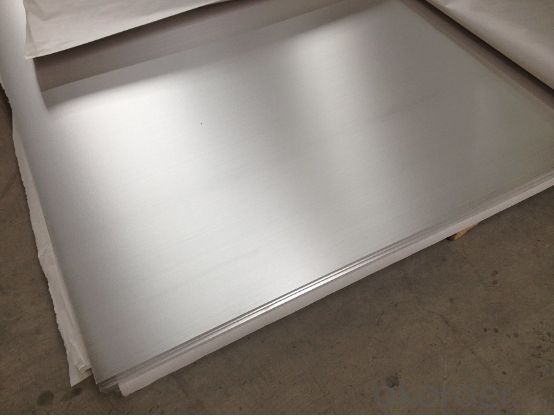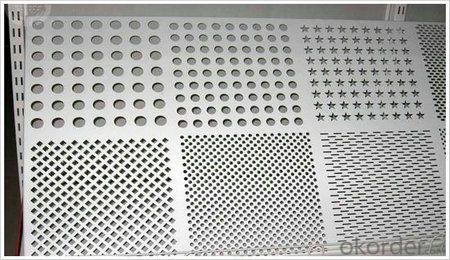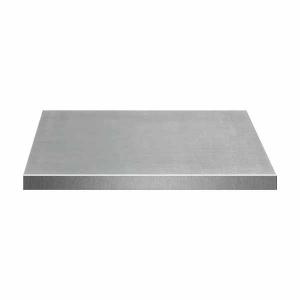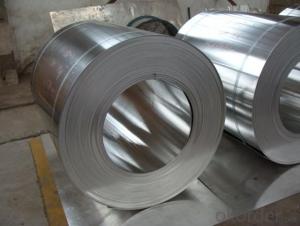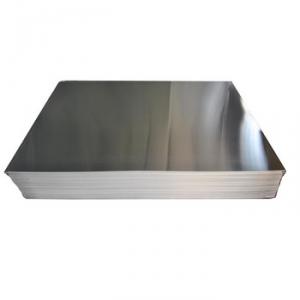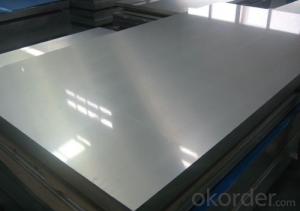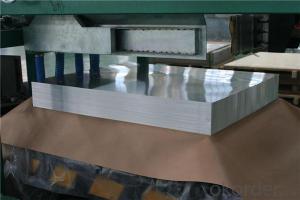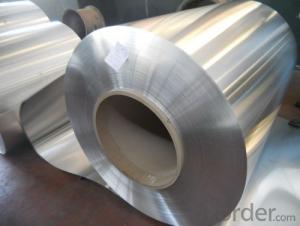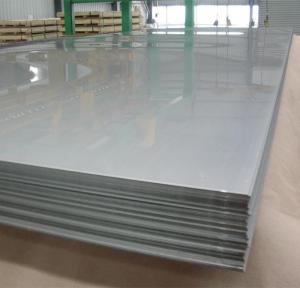Aluminum Sheets in Phoenix - ASTM 6061T6 Aluminium Sheet 6061 Aluminum Plate
- Loading Port:
- Shanghai
- Payment Terms:
- TT OR LC
- Min Order Qty:
- 5 m.t.
- Supply Capability:
- 10000 m.t./month
OKorder Service Pledge
OKorder Financial Service
You Might Also Like
Specification
Discription:
Aluminum Sheets
Alloy No.: 1050, 1060, 1070, 1100, 3003, 3004, 3005, 3104, 3105, 5005, 5052, 5083, 5754, 8011, 8006, 8079, etc..
Temper: H14, H16, H18, H22, H24, H26, H32, O/F
Thickness: 0.2mm-20mm
Width: 10mm - 2100mm
1.Dark green surface, color changed into light green after exposure.Image checked easily.
2.Surface Quality :be free from Oil Stain, Dent, Inclusion, Scratches, Stain, Oxide Dicoloration, Breaks, Corrosion, Roll Marks, Dirt Streaks and other defect which will interfere with use
3.Faithful reproduction capacity, result at clear images.
4.Highly durable, long impression available.
5.Excellent sensitive character.
6.Resolution : 2%-98%
7.Material:1050/1060/1070/1100/2A16/2A06/2A12/2024/3003/3A21/4A01/5052/5005/5083/5A05/6061-T6/6063-T5/6082/7021/7075-T6/8011,etc
8.Certificate: ISO9001:2000, SGS and ROHS(if client request, paid by client), MTC(plant provided), Certificate of Origin(FORM A, FORM E, CO)
9.Packing:First, plastic cloth; Second, Pearl Wool ; Third, wooden cases with dry agent ,without fumigation,wooden pallets
10.Application:Aircraft, automobile, train,Building wall, ceilings, roofing, furniture cabinet, lighting plate,etc
Service
1. We have the good and professional team, have a good after-sales service.
2. Accept any drawings or your samples to develop new product.
3. Offer relateive technical support,quick response,all your inquire will replied within 24 hours.
4. OEM, buyer design, buyer label services provided.
5. Have the certification of ISO 9001, SGS.
6. Special discount and protection of sales area provided to our distributor.
FAQ
Q1:Do you provide sample? How many days will samples be finished?
Free samples will be provided if needed, but customers should undertake shipping cost or freight charges, samples will be finished in 5-7days
Q2: Can we visit your factory?
Welcome to our factory at any time.
Q3: Complaint solving process
Finding your salesman—Salesman provide you the solution (If it’s our responsibility, we will resend substitutes or return money or provide discount for your next order, etc.; If it’s shipping company’s responsibility, we will also help you until the problem is resolved.) —If salesman can’t solve your problem, please call our manager .
Q4: Delivery time
3~30working days after confirming the payment. If the order is urgent, we will push our workers to finish in advance.
Q5: What's your MOQ?
Normally 8MT are requested as the minium order quantity ,we shall give
additional instructions in special circumstances.
Q6: What are the terms of payment and currencies do you accept?
T/T or L/C is accepted, currently we appreciated your payment through
USD,EUR, RMB
Q7: Do you accept customized orders?
Yes, we do. Your customized orders are always welcomed. Please kindly offer us your samples or drawings, so that we can customize the products according to your preferences. About any further detail, please feel free to contact us.
Q8: What information should I let you know if I want to get a quotation?
Your detailed requirements regarding the products's dimensions, including shape, thickness, top out (length*width*height), and your order quantity are highly appreciated if you want further information about our quotation
Q9: How about the mass production?
The lead time of mass production depend on quantity, usually 25-30days (20FT) .
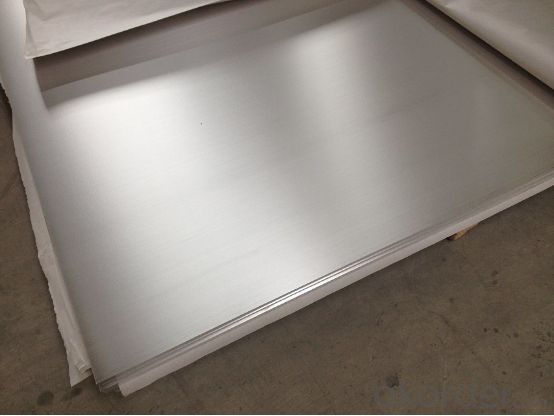
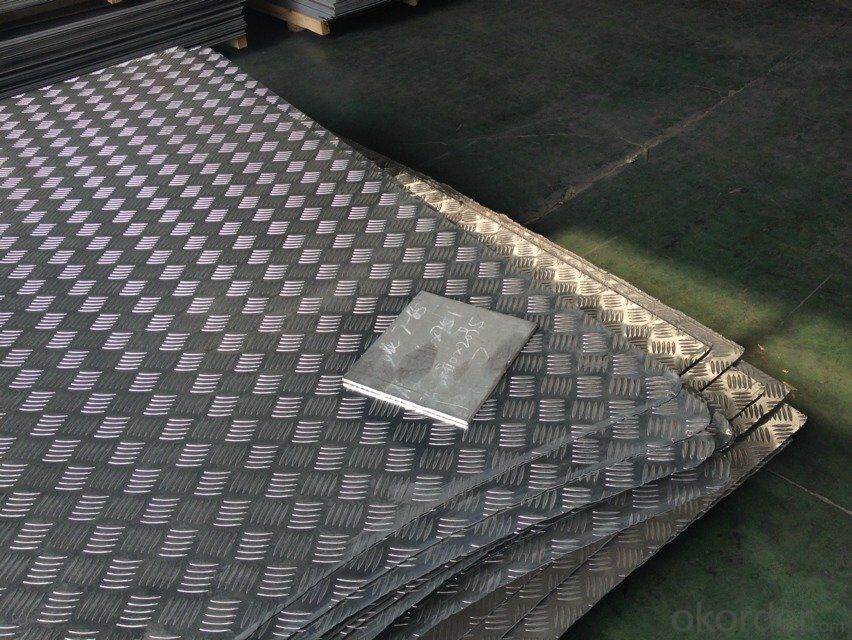
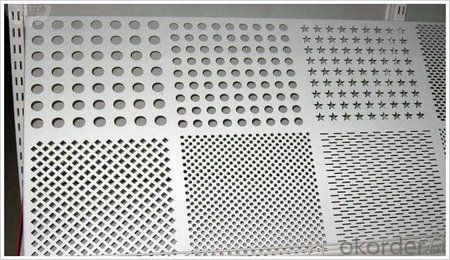
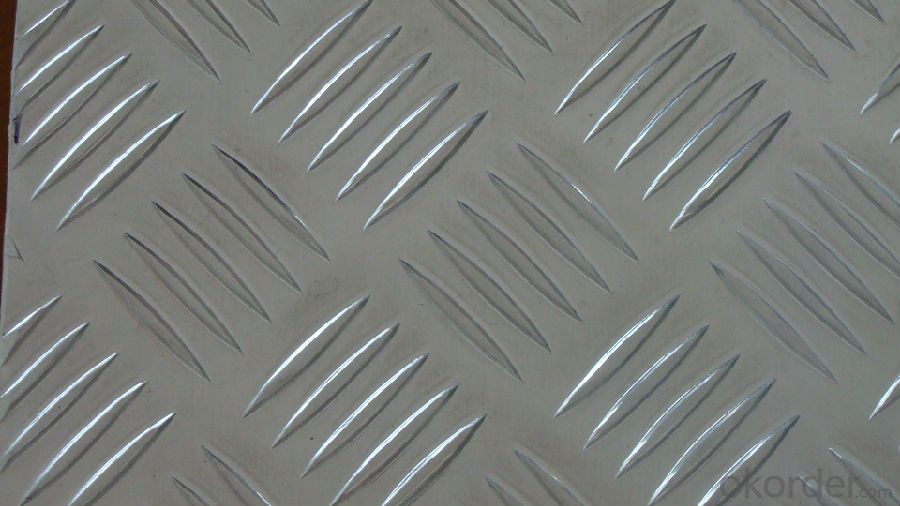
- Q: How are aluminum sheets tested for quality and compliance with industry standards?
- Aluminum sheets are tested for quality and compliance with industry standards through various methods such as visual inspection, dimensional measurements, mechanical tests, and chemical analysis. Visual inspection involves checking for surface defects, scratches, and discoloration. Dimensional measurements ensure that the sheets meet the required thickness, width, and length specifications. Mechanical tests assess the strength, hardness, and ductility of the aluminum sheets through techniques like tensile testing and impact testing. Chemical analysis involves determining the chemical composition and purity of the sheets, ensuring they meet the required standards. Overall, these comprehensive testing methods ensure that aluminum sheets adhere to industry quality standards.
- Q: what's the difference between the knocking voice of aluminum sheet and stainless steel?
- The voice of aluminum sheet is toneless, and the voice of stanless steel is more crisp.
- Q: Can aluminum sheets be used in food packaging?
- Indeed, aluminum sheets find widespread application in the realm of food packaging. The utilization of aluminum in this context is prevalent owing to its exceptional capability to shield food from detrimental elements like light, oxygen, moisture, and other external agents that may cause spoilage or contamination. Notably, aluminum sheets possess the qualities of being lightweight, long-lasting, and resistant to corrosion, rendering them perfectly suitable for an array of food packaging formats, including foil wraps, containers, trays, and pouches. Moreover, the recyclability of aluminum further solidifies its status as an eco-friendly option for food packaging.
- Q: Are 101 aluminum sheets suitable for outdoor signage?
- Yes, 101 aluminum sheets are suitable for outdoor signage. Aluminum is known for its durability and resistance to weathering, making it an ideal material for outdoor applications. The 101 aluminum alloy is specifically designed for high-strength and corrosion resistance, making it even more suitable for outdoor signage. It can withstand harsh weather conditions, including rain, snow, UV exposure, and temperature variations, without corroding or deteriorating. Additionally, aluminum sheets are lightweight, making them easy to install and transport. Overall, 101 aluminum sheets provide a reliable and long-lasting solution for outdoor signage.
- Q: Can aluminum sheets handle high temperatures?
- Certainly! High temperatures are well-tolerated by aluminum sheets. With a melting point of 660 degrees Celsius (1220 degrees Fahrenheit), aluminum proves itself suitable for various applications requiring elevated temperatures. Furthermore, aluminum possesses exceptional thermal conductivity, enabling rapid heat dissipation. This attribute renders aluminum sheets ideal for deployment in environments necessitating resistance against high temperatures, including engine components, heat exchangers, and oven linings. Nevertheless, it is crucial to take into account the specific alloy and thickness of the aluminum sheet, as different alloys may impose different temperature thresholds.
- Q: Okay guys i need to rapir a crack on an aluminum pipe , would durafix do the job ?? If so where can i get this durafix ? at my local home depot ?
- I've only found these type products online or at flea markets. It works quite well after a little practice.
- Q: Can aluminum sheet be used for reflective surfaces?
- Indeed, reflective surfaces can be achieved with the use of aluminum sheet. Renowned for its exceptional reflectivity, aluminum is widely preferred for an array of applications that call for reflective surfaces. By skillfully polishing aluminum sheets, they can attain a remarkable luster, enabling them to reflect light and produce a mirror-like effect. Consequently, they prove to be the perfect choice for applications such as lighting fixture reflectors, solar panels, mirrors, and decorative purposes. Moreover, owing to its reflective properties, aluminum is an ideal material for situations necessitating heat reflection, including thermal insulation and roofing materials. In summary, aluminum sheets offer versatility and effectiveness when it comes to generating reflective surfaces.
- Q: How do aluminum sheets perform in terms of machinability?
- Aluminum sheets are known for their excellent machinability. They can be easily cut, drilled, and shaped using various machining processes such as milling, turning, and drilling. Aluminum has a low melting point and is relatively soft, making it easier to work with compared to other materials like steel. Additionally, aluminum sheets have good chip control, which means they produce smaller and more manageable chips during machining. This reduces the risk of tool breakage and improves the overall efficiency of the machining process. Furthermore, aluminum sheets have good thermal conductivity, which helps dissipate heat generated during machining, preventing tool wear and prolonging tool life. Overall, aluminum sheets are highly machinable and widely used in various industries for their ease of machining and versatility.
- Q: why does aluminum sheet not react with sulfuric acid nut react with hydrochloric acid?
- aluminum reacts with hydrochloric acid,generating aluminium chloride which can dissolve in water. but aluminum reacts with sulfuric acid, generating aluminum sulfate which can't dissolve in water and will generate aluminum sulfate, a layer of protective film, preventing aluminum from reacting with sulfuric acid, so there is no significant phenomena.
- Q: How does aluminum sheet perform in extreme temperatures?
- Aluminum sheet performs exceptionally well in extreme temperatures due to its unique properties. One of the key advantages of aluminum is its high thermal conductivity, which means it can rapidly transfer heat. This property allows aluminum sheet to quickly adjust to extreme temperatures, preventing warping or cracking that can occur with other materials. Additionally, aluminum has a high melting point of around 660 degrees Celsius, making it ideal for applications in high-temperature environments. It remains structurally stable and does not lose its strength or integrity when exposed to extreme heat. Moreover, aluminum has a low coefficient of thermal expansion, meaning it expands and contracts minimally with temperature changes. This characteristic enables aluminum sheet to maintain its shape and dimensions even when subjected to extreme temperature fluctuations. Furthermore, aluminum has excellent corrosion resistance, which is further enhanced by an oxide layer that forms naturally on its surface. This oxide layer protects the aluminum from chemical reactions and prevents it from deteriorating even in harsh environments or extreme temperatures. In summary, aluminum sheet performs exceptionally well in extreme temperatures due to its high thermal conductivity, high melting point, low coefficient of thermal expansion, and excellent corrosion resistance. These properties make it a reliable choice for various applications, including aerospace, automotive, and industrial sectors, where performance under extreme temperatures is crucial.
Send your message to us
Aluminum Sheets in Phoenix - ASTM 6061T6 Aluminium Sheet 6061 Aluminum Plate
- Loading Port:
- Shanghai
- Payment Terms:
- TT OR LC
- Min Order Qty:
- 5 m.t.
- Supply Capability:
- 10000 m.t./month
OKorder Service Pledge
OKorder Financial Service
Similar products
Hot products
Hot Searches
Related keywords
